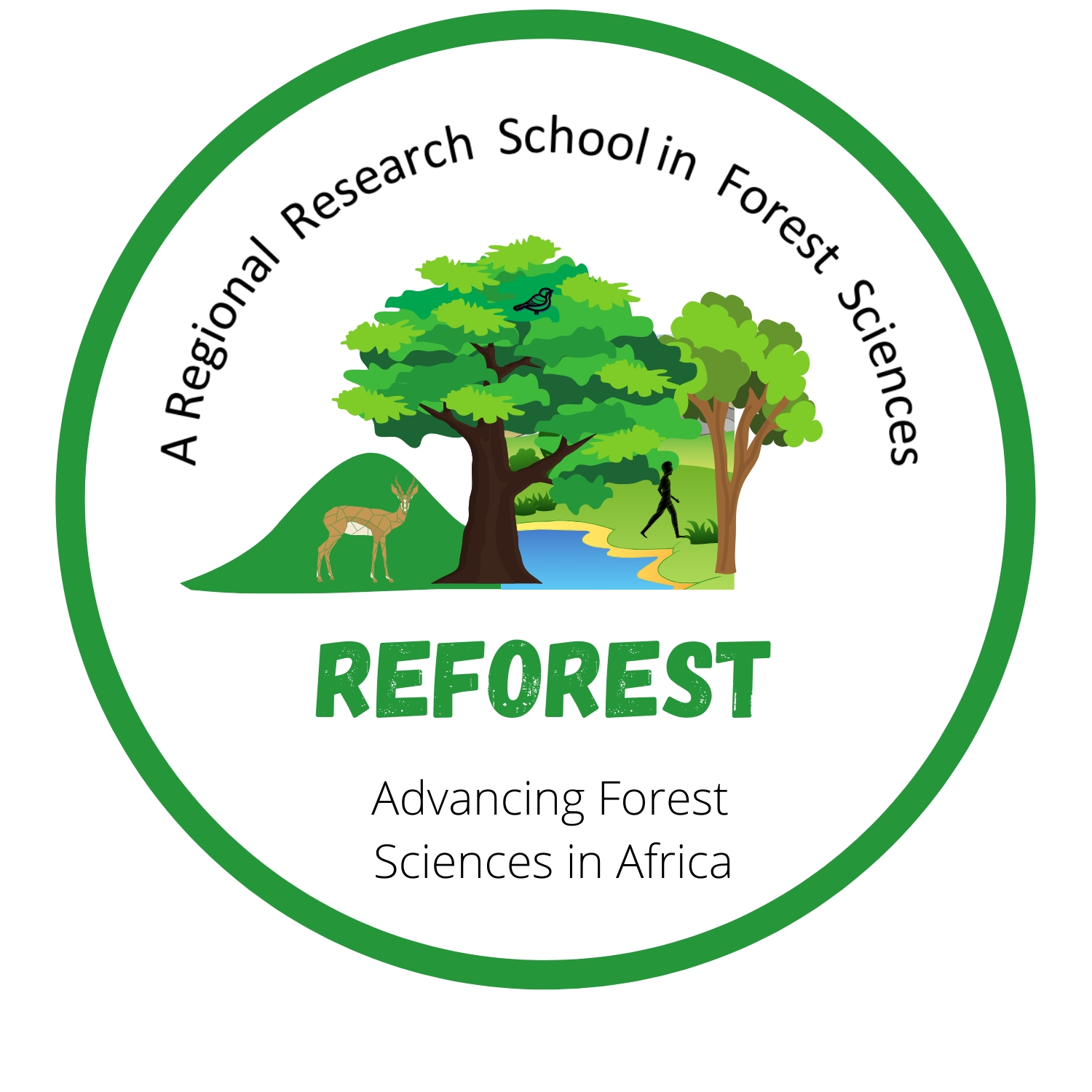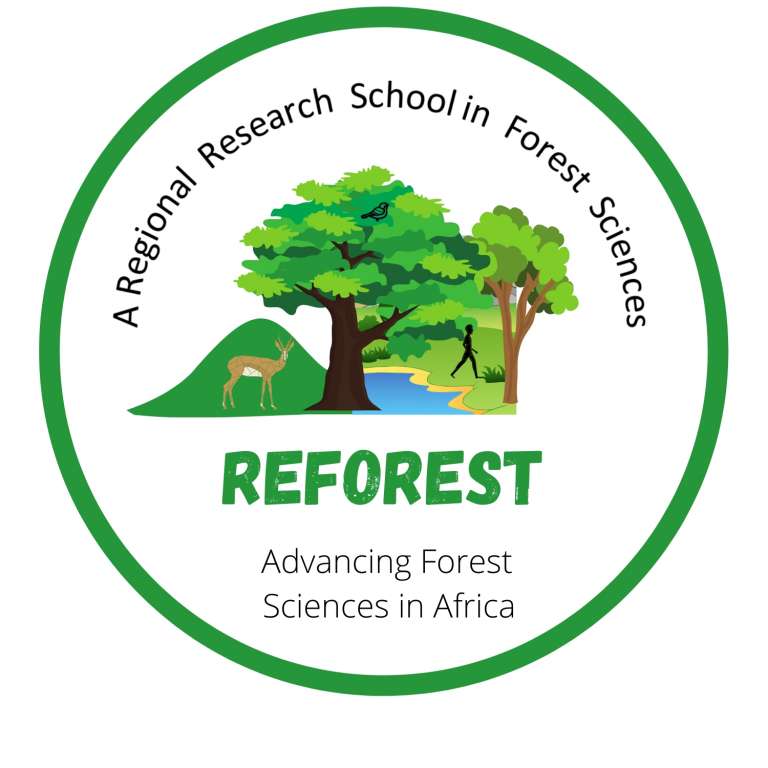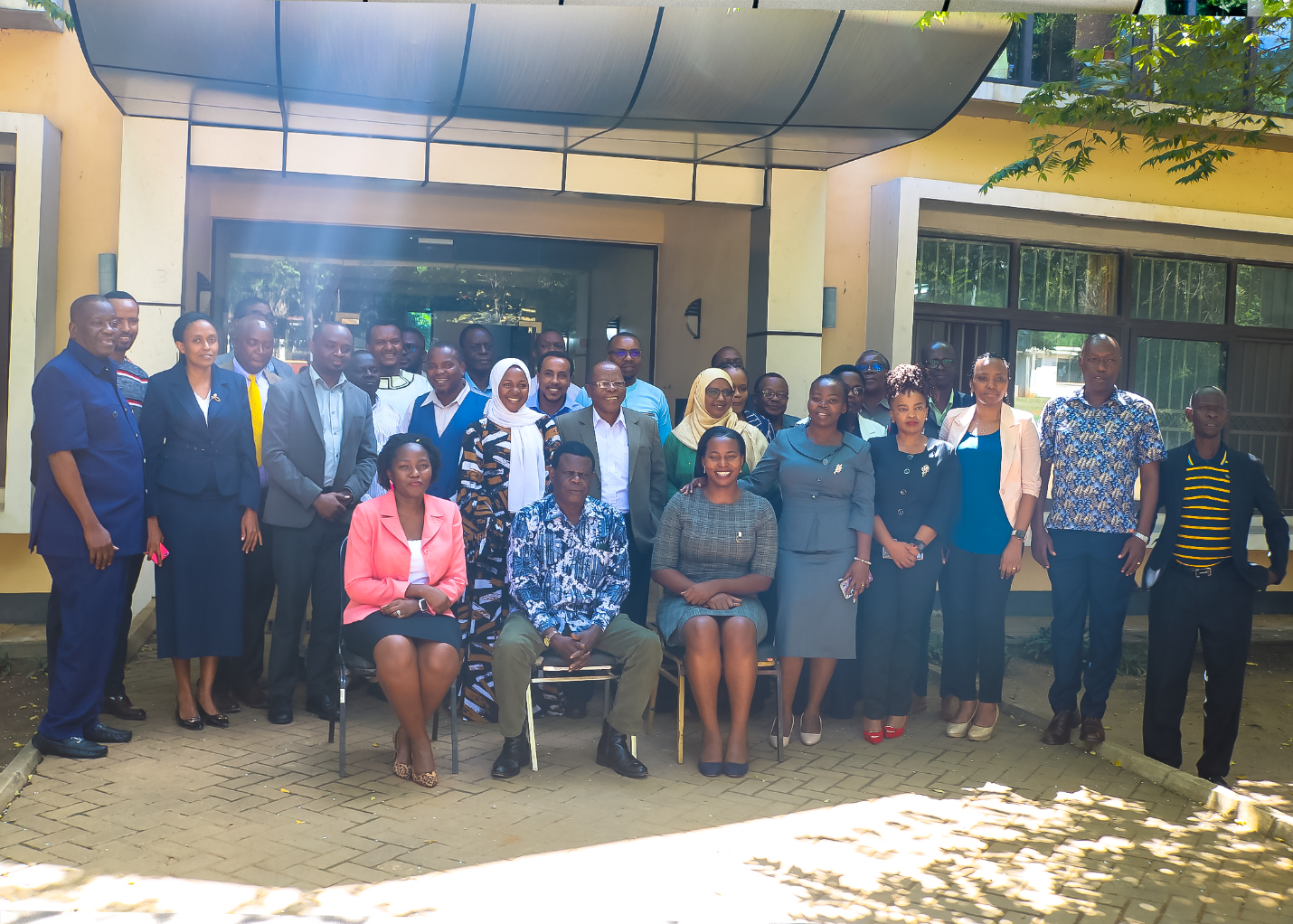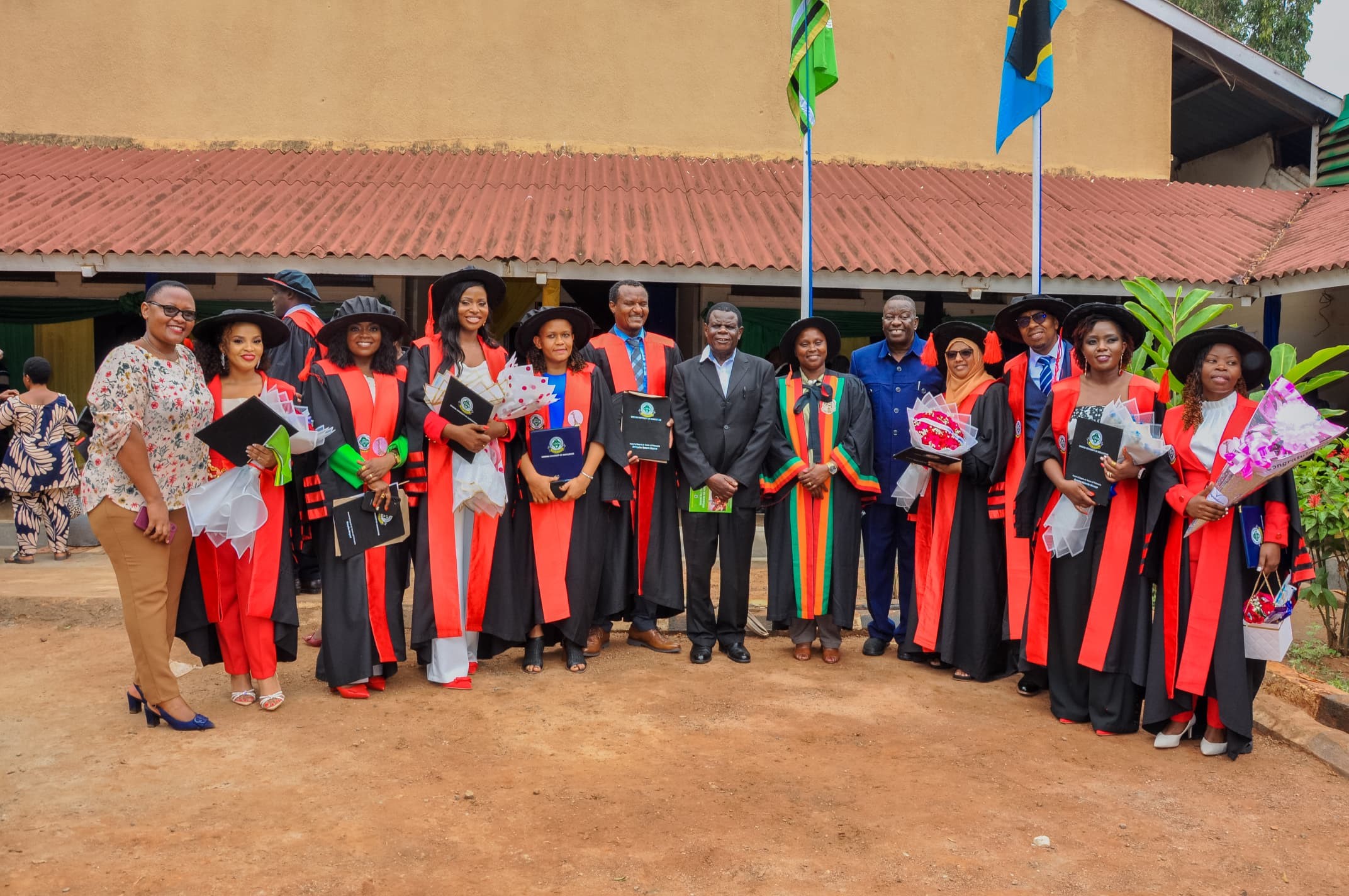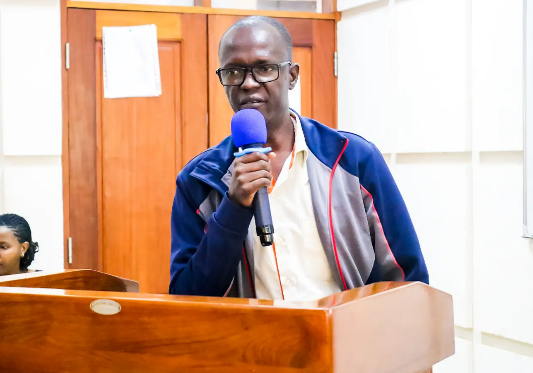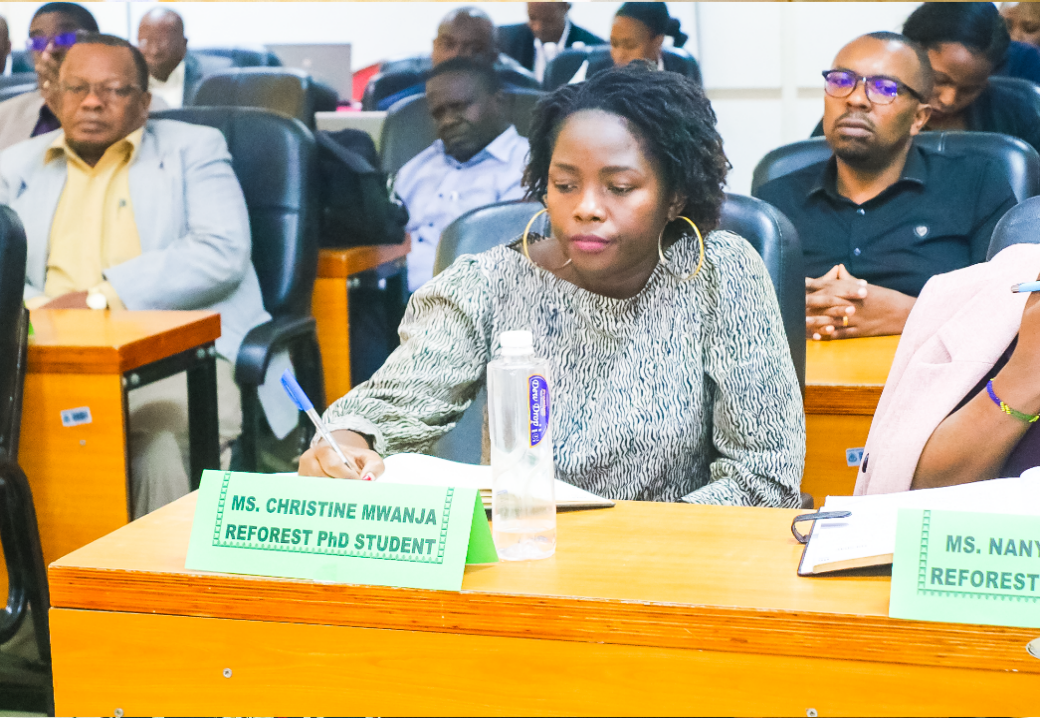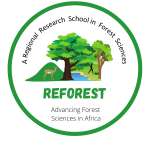By Elias Nelly BAPFAKURERA
Being so strongly dependent on agriculture for national revenue, domestic food security, energy, and employment but with scarce arable land, the only viable option for Rwanda is to focus on maximizing the use of its agricultural land through integrated farming practices that support natural cycling of biomass and water flows that regenerate and stabilize soils, that is, primarily through tree-based systems in the agricultural landscape. The increasing population in Rwanda raises the need for cooking energy sources dominated by fuelwood. The growing demand for fuelwood is putting pressure on planted and natural forests. As supported by the Sustainable Development Goals agreed upon by the United Nations, Sustainable Energy for All (SEforALL), access to cooking energy is essential for rural economic growth, improved food production, health, and education.
Achieving universal access to modern cooking energy by 2030 will be challenging due to the high dependency on traditional cooking dominated by three-stone stoves. Therefore, there is also a need to optimize use and supply due to limited space and high fuelwood demand in Rwanda.
Trees diversity in the agricultural landscape
Elias Nelly Bapfakurera, Ph.D. A student in forest sciences is conducting fieldwork to assess and map smallholder tree-based systems and their contribution to bioenergy production and consumption in Rwanda. The fieldwork started with the inventory of the available species and their abundance in the agricultural landscapes.
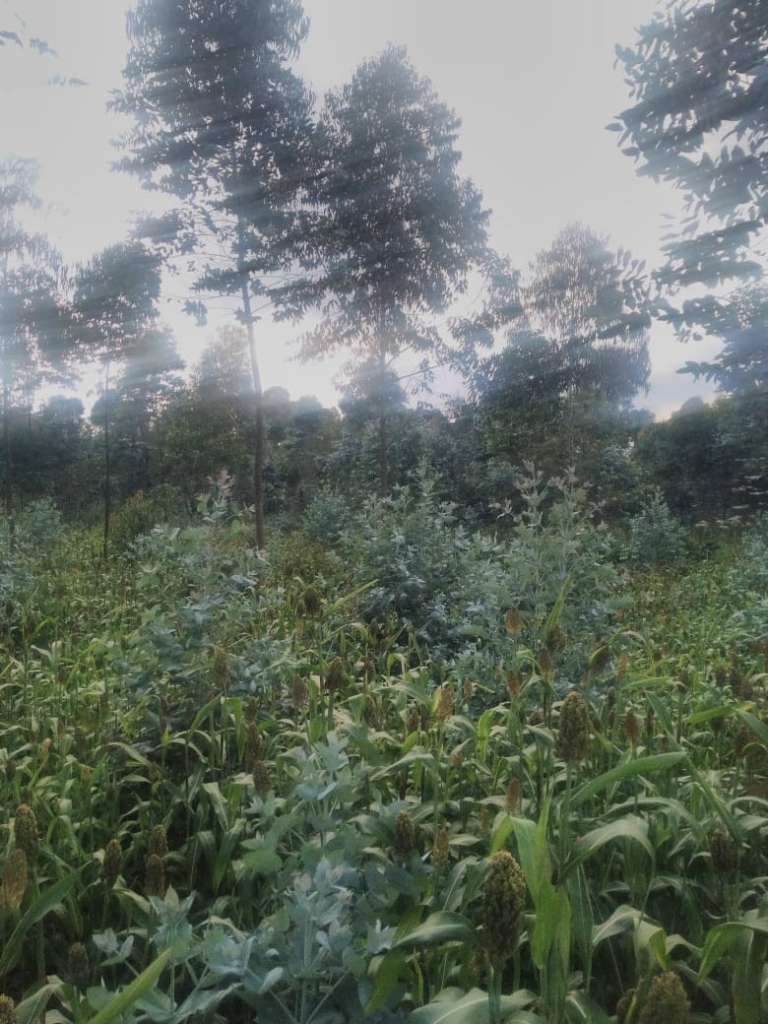
It is good to see a successful integration of a non-native tree, Eucalyptus globulus sub-sp maiden, into smallholder farming systems. The discussion with the local community where eucalyptus maiden is mixed with food crops revealed that more food is thus produced, and wood is obtained as a bonus on their small parcels of land. Having food and energy provides additional income streams for the rural poor and smallholder farmers. It also slows down land degradation, helps preserve forests, stores carbon in the soil, and reduces carbon emissions to the atmosphere by displacing fossil fuels. With the aggressive pursuit of such an approach leading to a rapid increase in food yields, food needs could be met on less land than before, freeing up land for other food or energy crops.
Supervisory field visit

The team has evaluated the integration of native and non-native trees into smallholder farming systems. The team of supervisors composed of Dr.Charles Kilawe (Supervisor ), Prof.Jean Nduwamungu (Local supervisor), and Prof.Gert Nyberg (SLU Supervisor) participated in fieldwork to assess the study sites. The objective was to advise on data collection, especially regarding possible tree-based systems and land use land cover change in Rwanda. The team visited different places and different sampling points in the Musanze and Bugesera districts which is the study area of Mr.Elias Nelly BAPFAKURERA.
Land use Land cover classes.
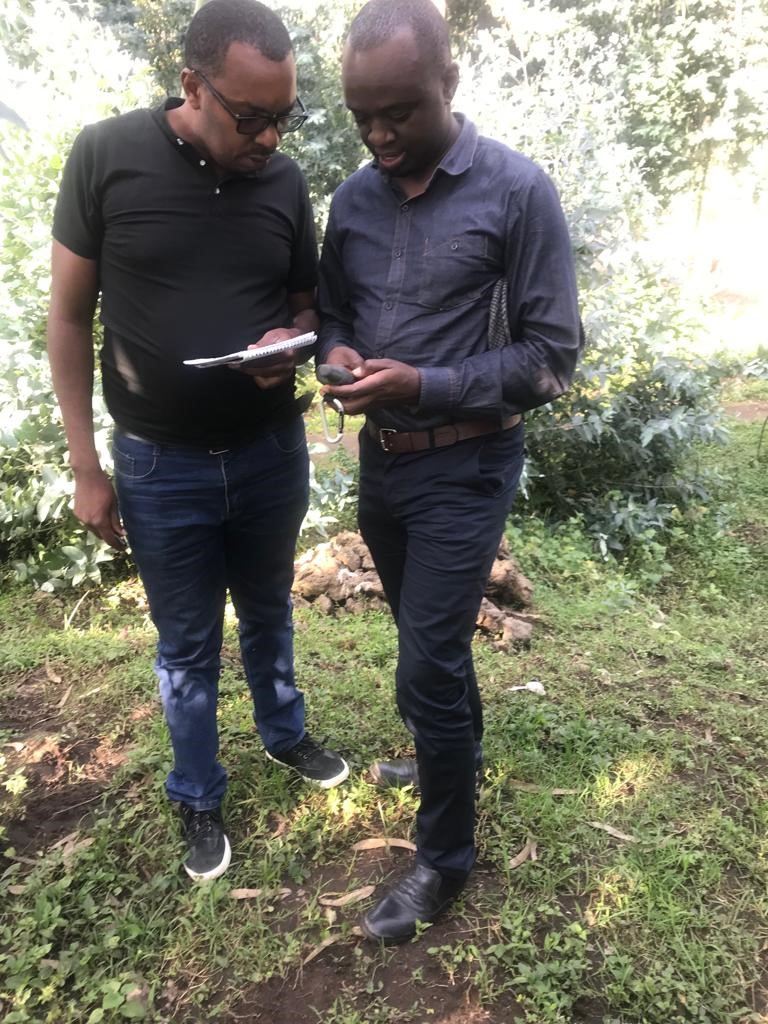
During the field visit, all possible land use and land cover types have been identified, clearly described, and agreed upon so that classes are mapped. The field visit also involves field practicals when Dr.Kilawe has shown the field data collection techniques for land use land cover.
Mixed cropping is the most land cover in Rwanda’s agricultural landscape. The supervisors have also advised the PhD student on some aspects to be considered during the data collection, especially for the training point used in the image-supervised classification for mapping the area under agroforestry in Rwanda. Some aspects are the land cover, land use, crucial physical features available in the landscape, pictures in different directions of the sampled areas, tree species, planting practices, etc.
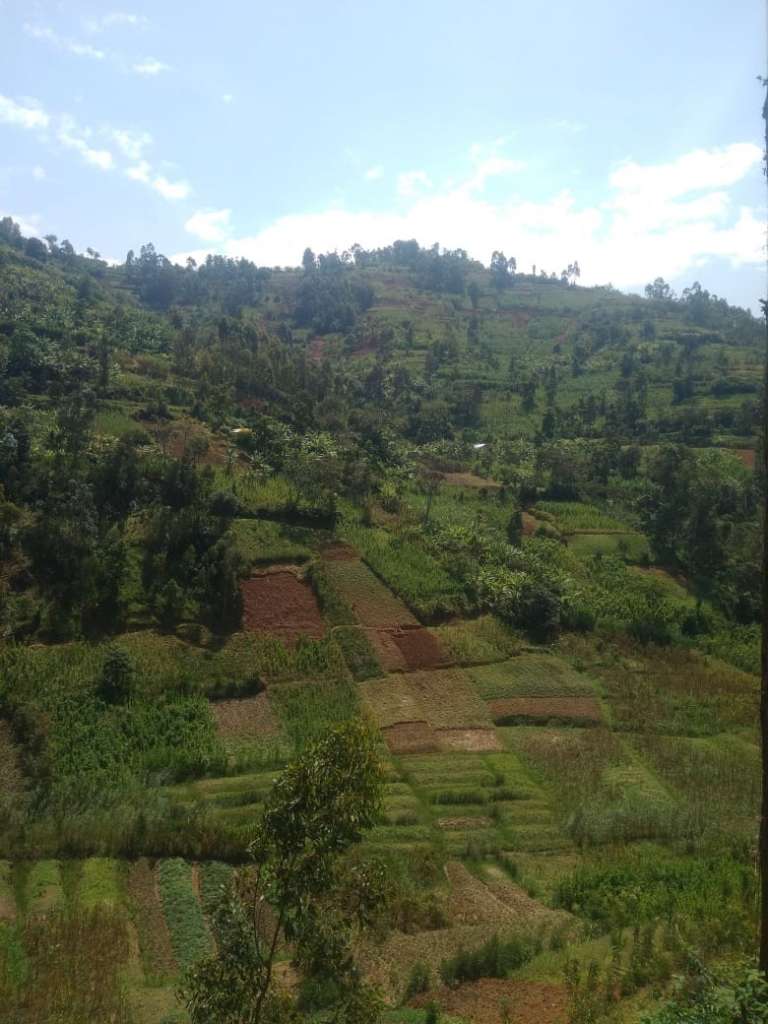
The team found that many classes overlap, and it is challenging to differentiate and classify them, whereby mixed cropping is overlapped with intercropping, intercropping is overlapped with live fences, homesteads with mixed cropping, fallow with grazing, etc.
Fuelwood use efficiency
Energy use efficiency is essential to reduce the gaps between supply and demand. This research will also assess the possible use of fuelwood by comparing the two cooking stoves (Kuniokoa and Mimimoto) with the traditional three stoves. Mimimoto are stoves that use pellets for cooking. This stove not only reduces consumption but also reduces emissions of GHG. To gain clear ideas on the pellets production and use of mimimoto stoves, the team of supervisors and PhD student visited Biomasster ( a company that produces pellets from different wood waste) and agreed the collaboration during this research.
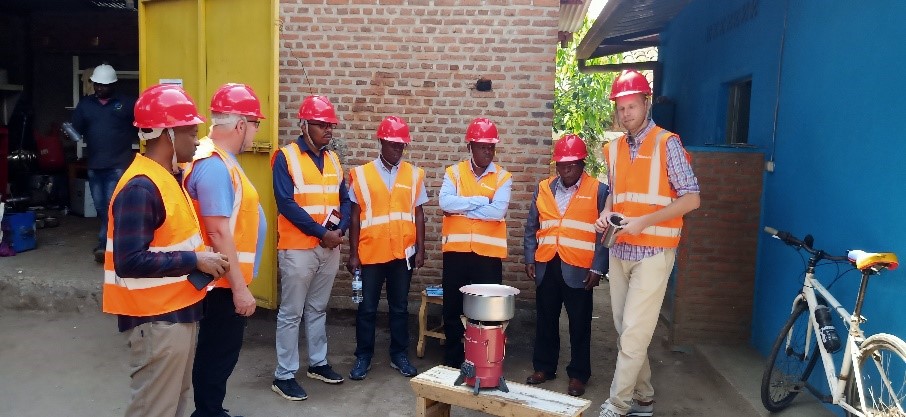
Preliminary Inventory
Preliminary results indicated a total of 6251 individual tree species grouped into 45 species in Bugesera and 6081 trees grouped into 46 species in Musanze district had been recorded and used in this study. A density of 74 trees is estimated per ha in Bugesera, while 132 trees per ha are in the Musanze district.
Regarding tree-based systems in the agriculture landscape in Bugesera, most of the species are planted in mixed cropping followed by boundaries, small woodlots, and intercropping. In Musanze, most species are produced in small woodlots, followed by mixed cropping, boundaries, and intercropping. The most dominant exotic species in Musanze is the Eucalyptus maiden, while Markamia lutea is the dominant indigenous species. Senna spectabilis is the most dominant exotic species in Bugesera, while Markamia lutea is the most dominant indigenous species.
Conclusion
Despite the magnitude of the challenge, this study’s preliminary results discovered the emerging innovative solutions, some of which show great promise in replicability, scalability, and multiple sustainable benefits of small agricultural land in Rwanda. These solutions increasingly involve trees or, more particularly, agroforestry in different trees-based systems in the agricultural landscapes of Rwanda.
Elias Nelly BAPFAKURERA
Ph.D. student in Forest Sciences under the REFOREST Programme
Department of Ecosystems and Conservation
Sokoine University of Agriculture (SUA)
Contacts: E- eliasnelly1@gmmail.com; mobile :0788437949
Supervisors
Dr. Charles J. Kilawe (Sokoine University of Agriculture)
Prof. Gert Nyberg (SWEDISH University of Agriculture
Prof. Jean Nduwamungu (University of Rwanda)
